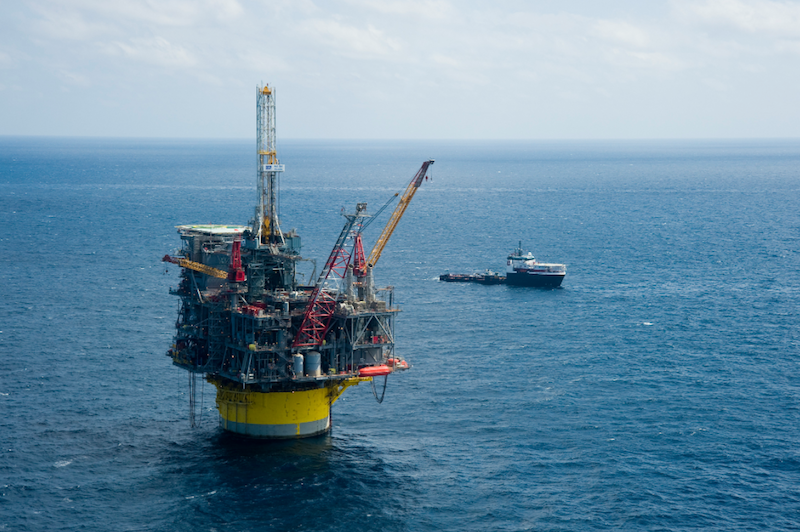Oil prices dropped by more than 4% on Friday, as the market learned Saudi Arabia and Russia were contemplating boosting their output to slow the upward move in prices.
Saudi Arabia is worried that rapidly rising oil prices are undercutting demand, while Russia is counting on more income from selling more oil. U.S. consumers, seeing sharply higher gasoline prices that are up 60 cents a gallon over the past year, hope this move will happen and lower prices at the pump.
For the offshore industry, the drop in oil prices may be viewed as a warning shot across the bow of growing optimism for a Gulf of Mexico recovery. Will it cause producers to rethink restarting exploration and development programs? It shouldn’t. Any oil project that won't go into production for three to 10 years isn’t likely to be affected by gyrations in daily oil prices. These go/no-go decisions will be based on long-term estimates of oil prices and oil demand, and importantly, what companies believe their future breakeven costs will be.
The recent boost in Gulf of Mexico optimism has been driven somewhat by new oil discoveries, but more by announced final investment decisions (FIDs) for previous discoveries. This means producers believe the progress they have made in reducing breakeven costs makes the projects financially rewarding based on what they foresee for future oil prices. In other words, the hard work of restructuring operations and rethinking development designs and approaches is more important for a sustainable recovery than higher oil prices. Of course, higher oil prices will help.
It is important to remember that the weekly Baker Hughes rig count focuses on drilling rigs that are actually turning to the right. In reality, the industry is more dependent on how many offshore rigs are under contract, meaning that their owners are being paid for the rigs to be ready and able to work. That means they are manned and powered, creating jobs and spending money.
To highlight this difference, the Baker Hughes count for last week showed 19 rigs drilling, while the IHS Petrodata offshore rig count (dealing with jackups, semisubmersibles and drillships) had 34 under contract, almost twice as many rigs as the Baker Hughes count. Some of them are doing other work besides drilling, such as well workovers or completions. Some rigs might be waiting on weather, undergoing repairs or dealing with some other non-drilling issue. While the Petrodata count is only up one rig from a year ago, that is better than being down four, as reported by Baker Hughes.
The offshore recovery is in its infancy, but the optimism behind it is growing. Lower near-term oil prices are unlikely to disrupt the recovery, despite fear that it will. Keep moving forward, rather than standing and wringing your hands.





